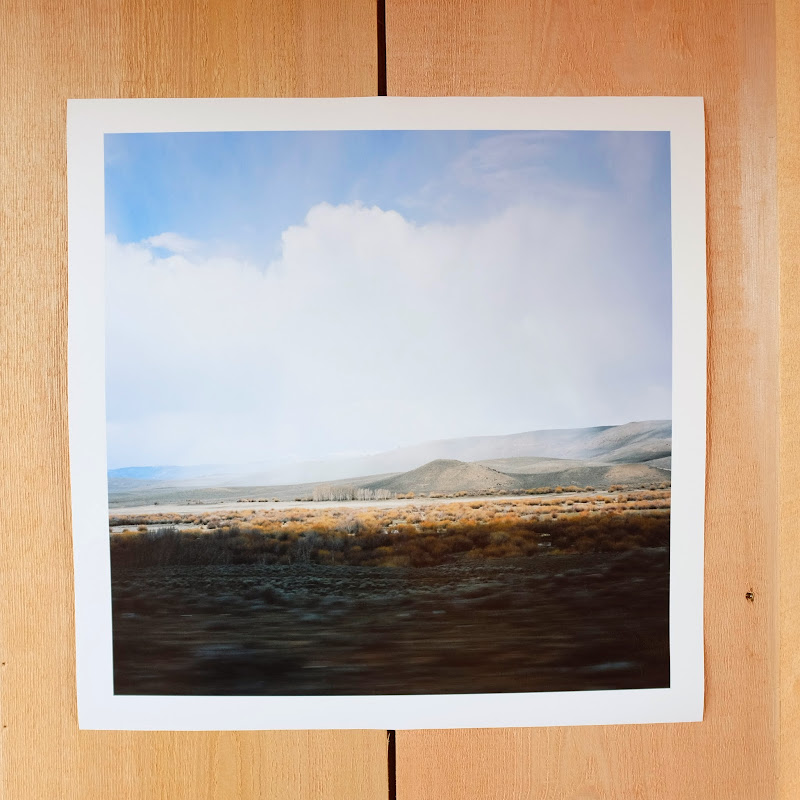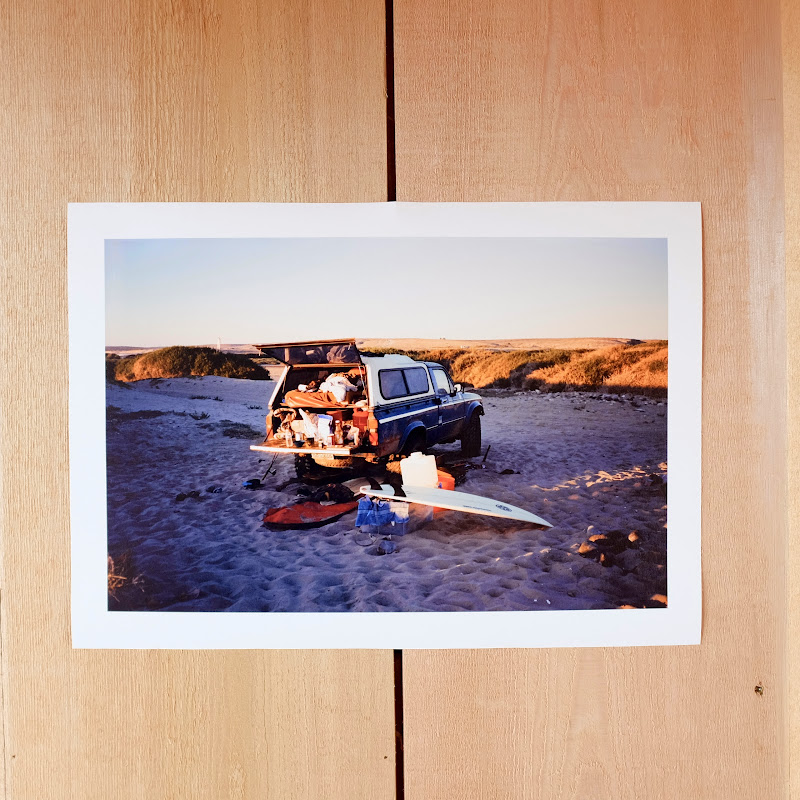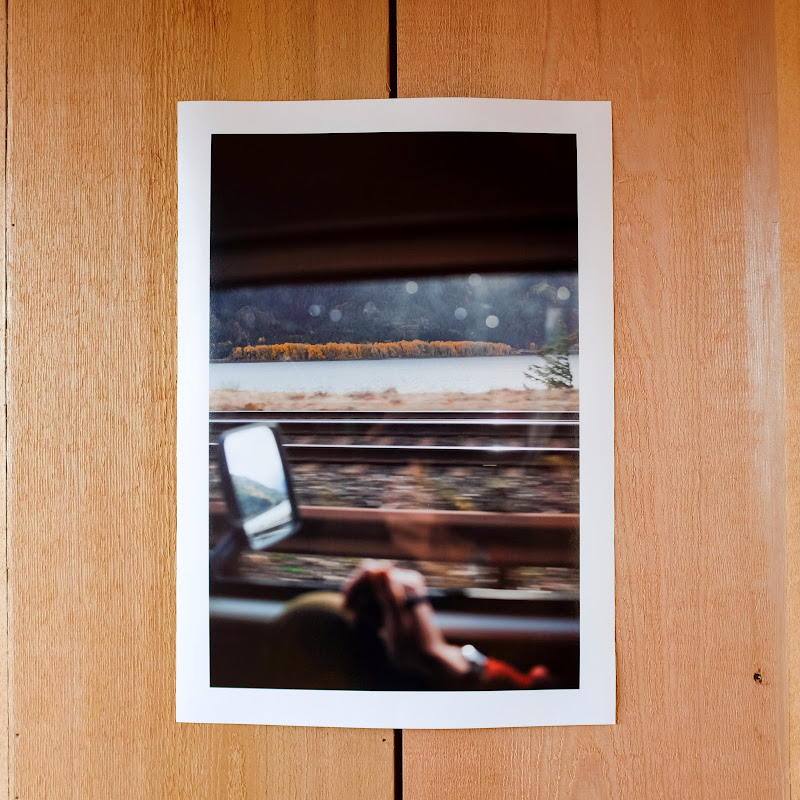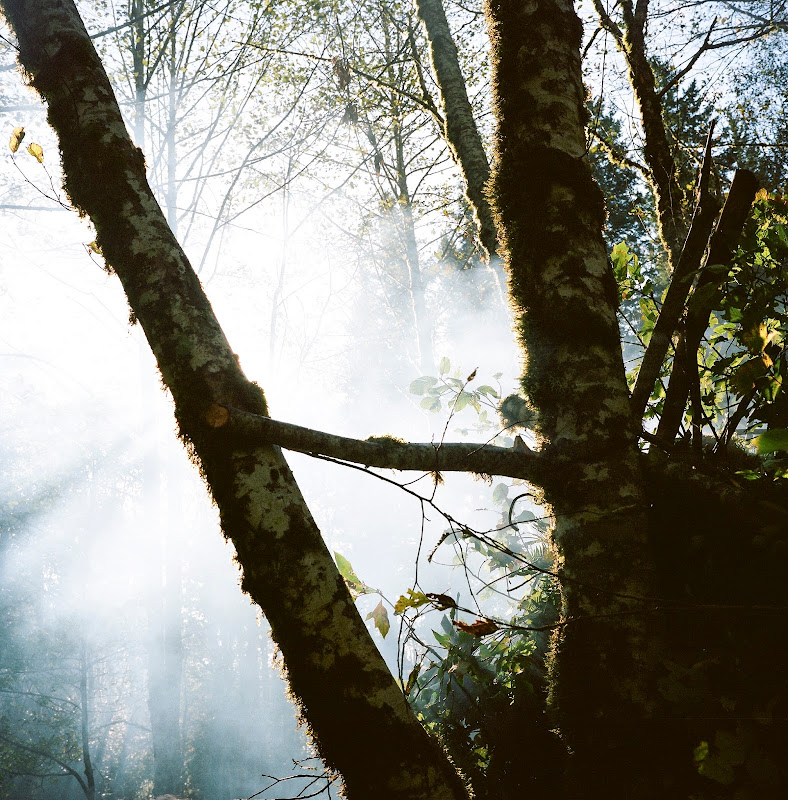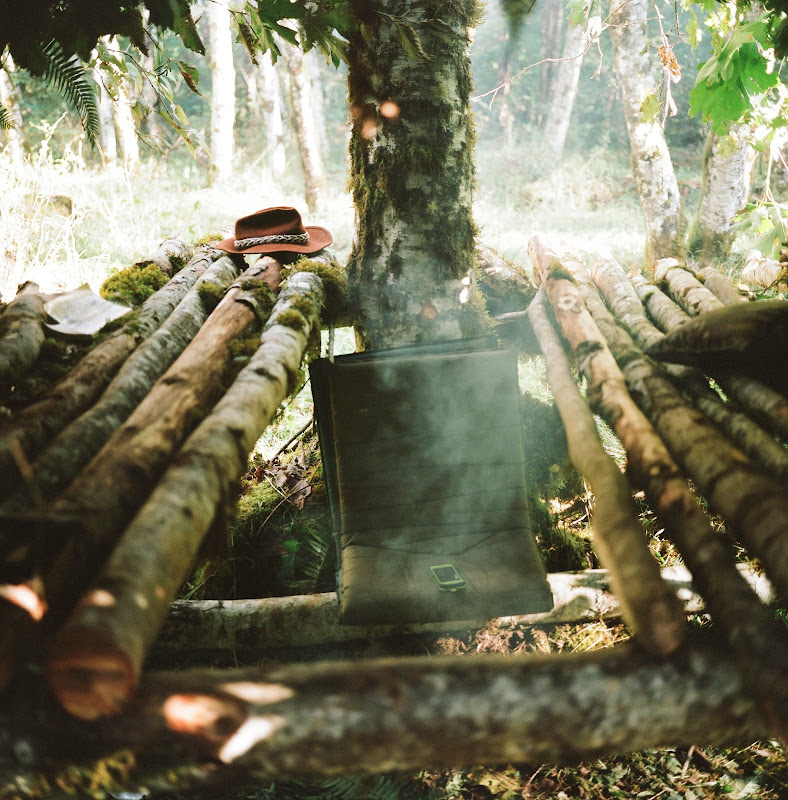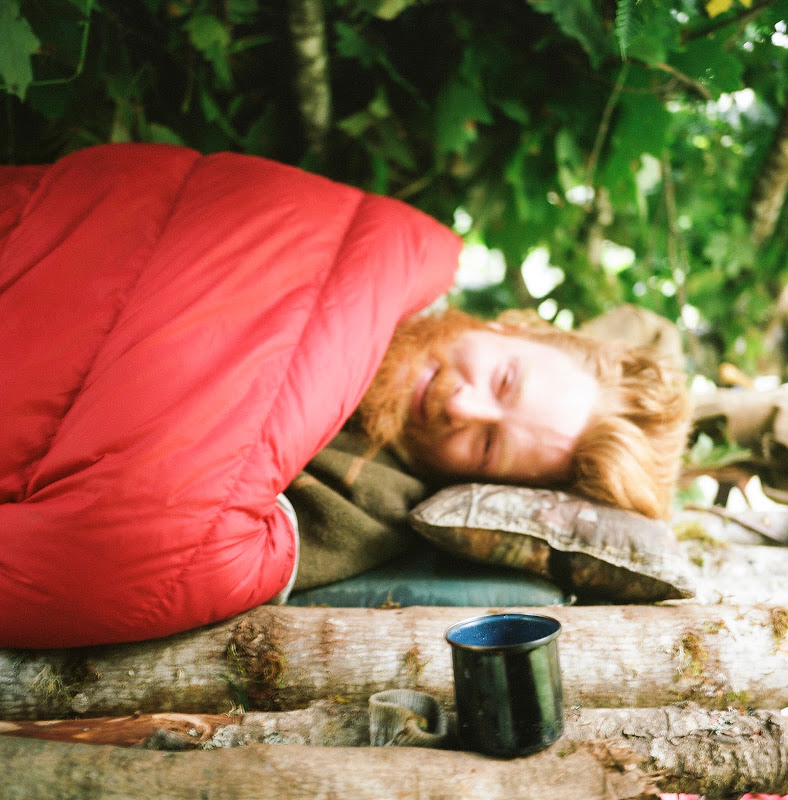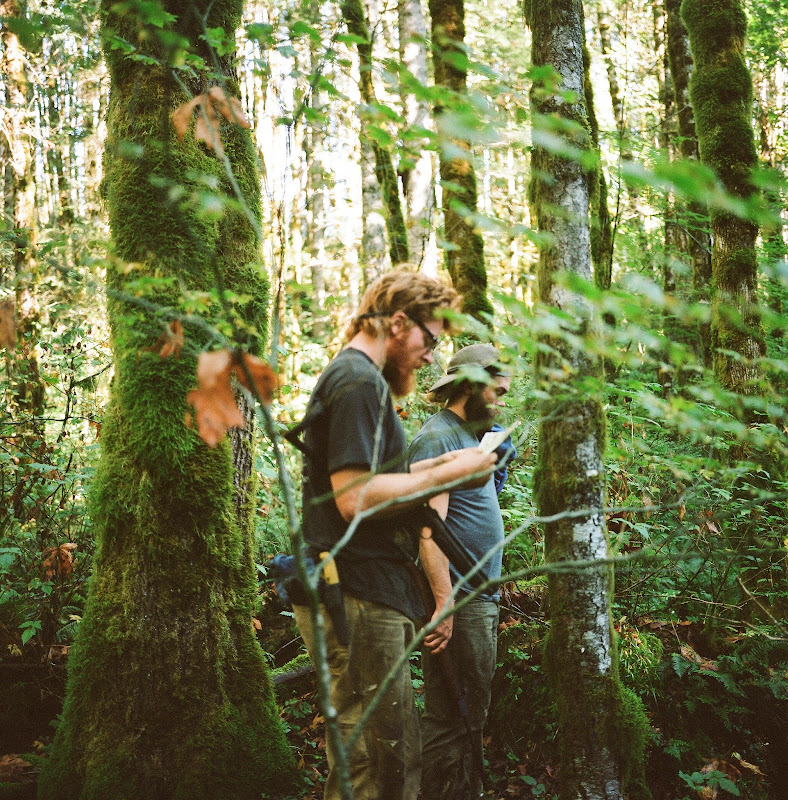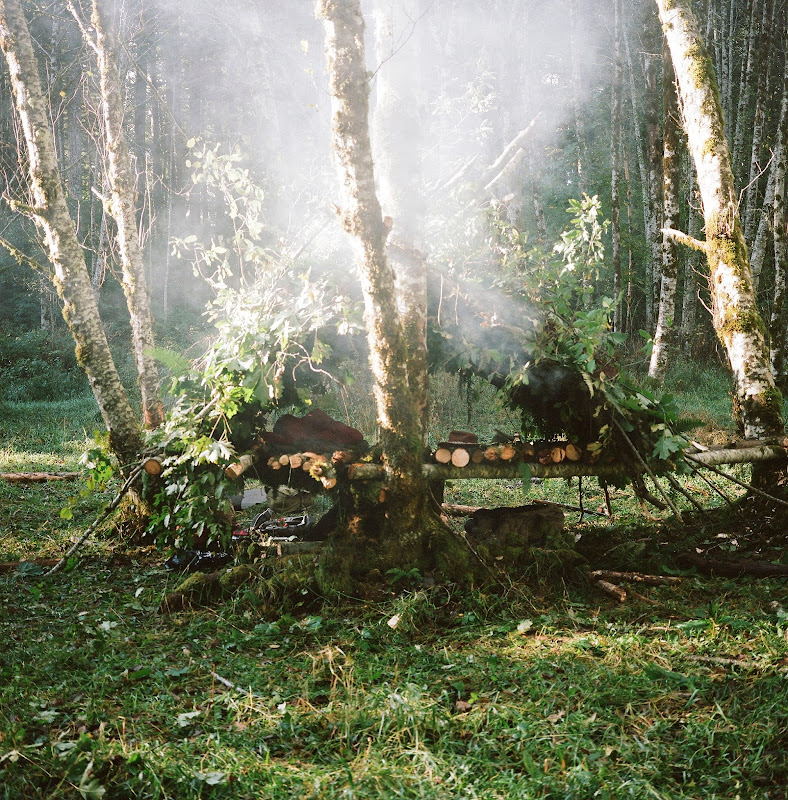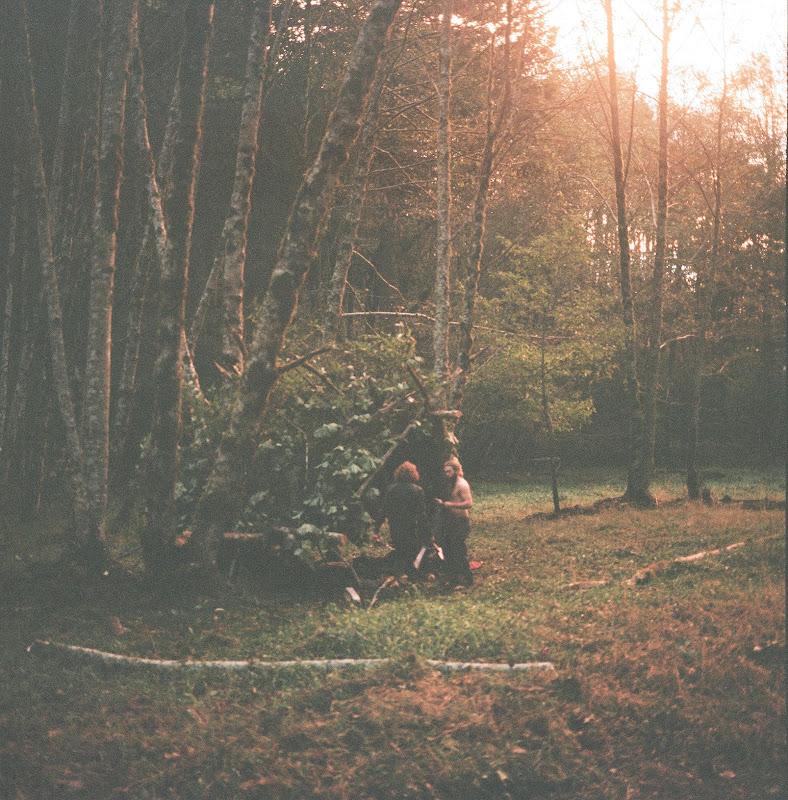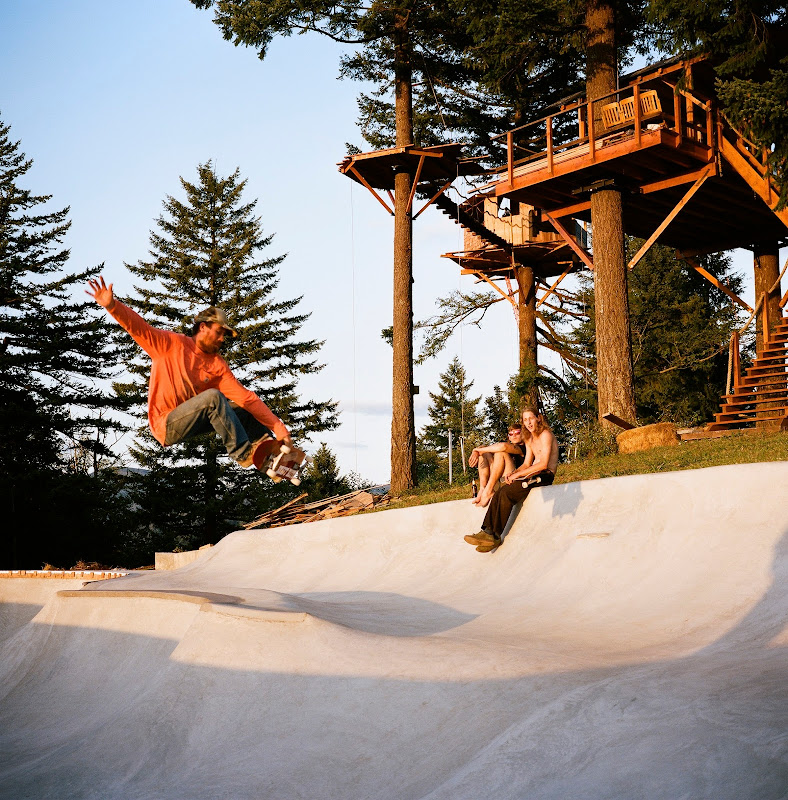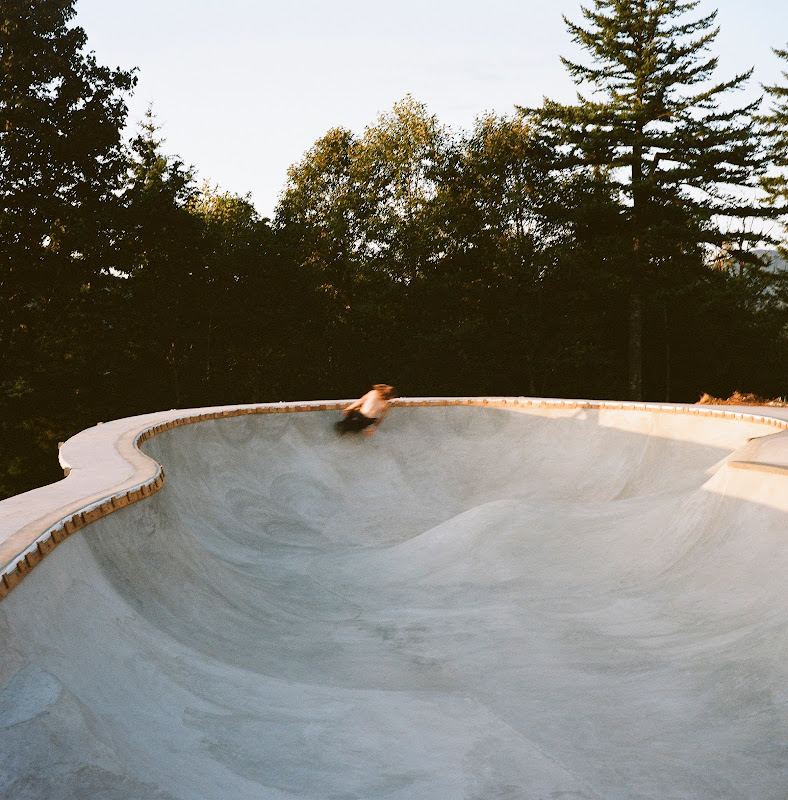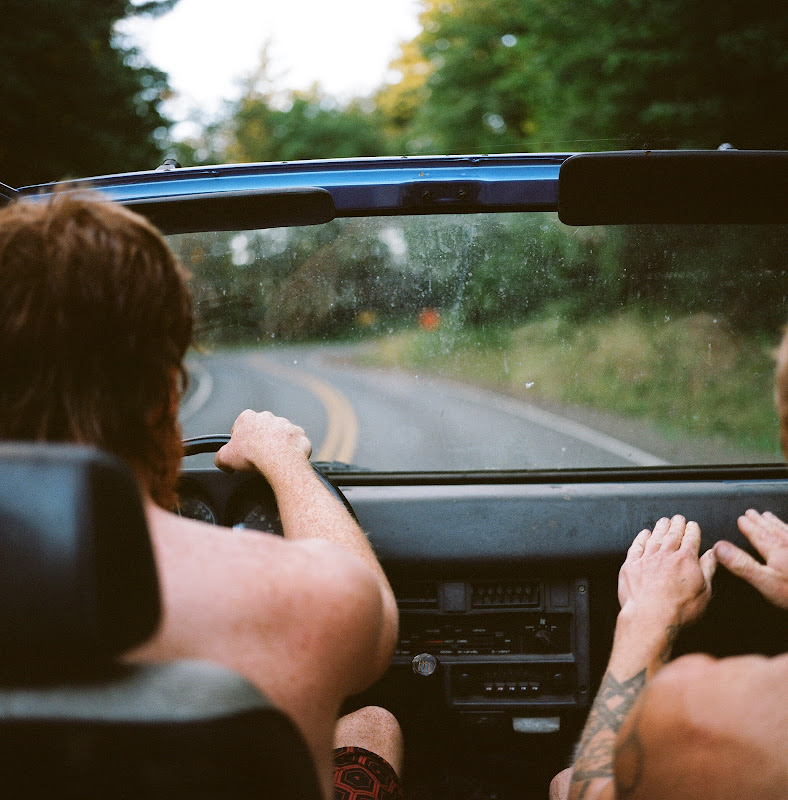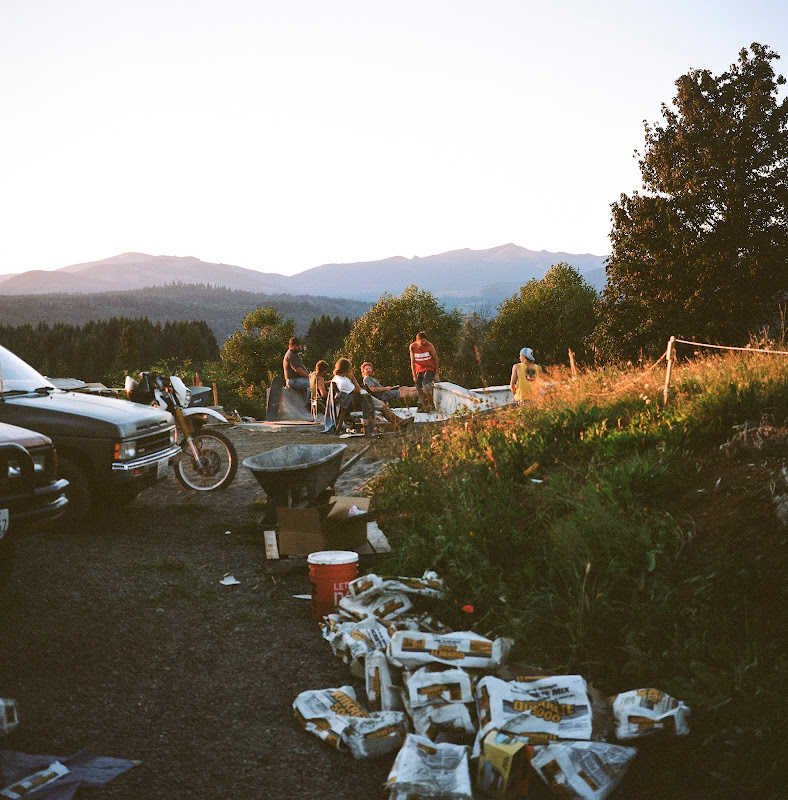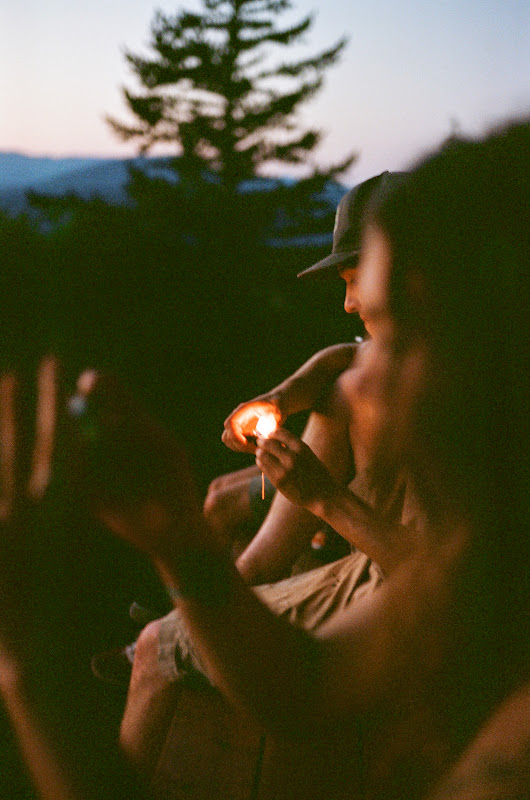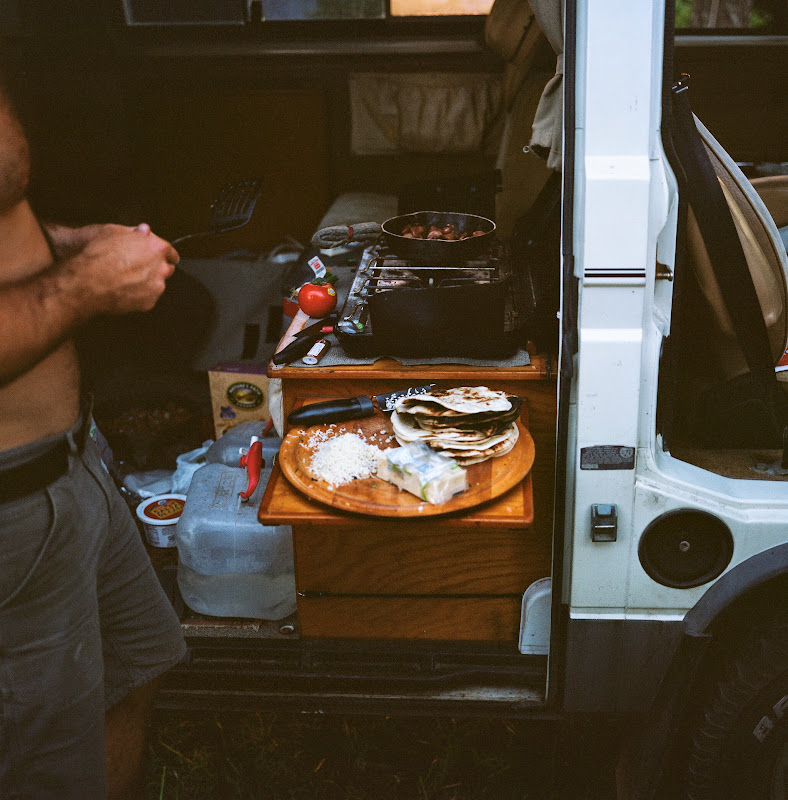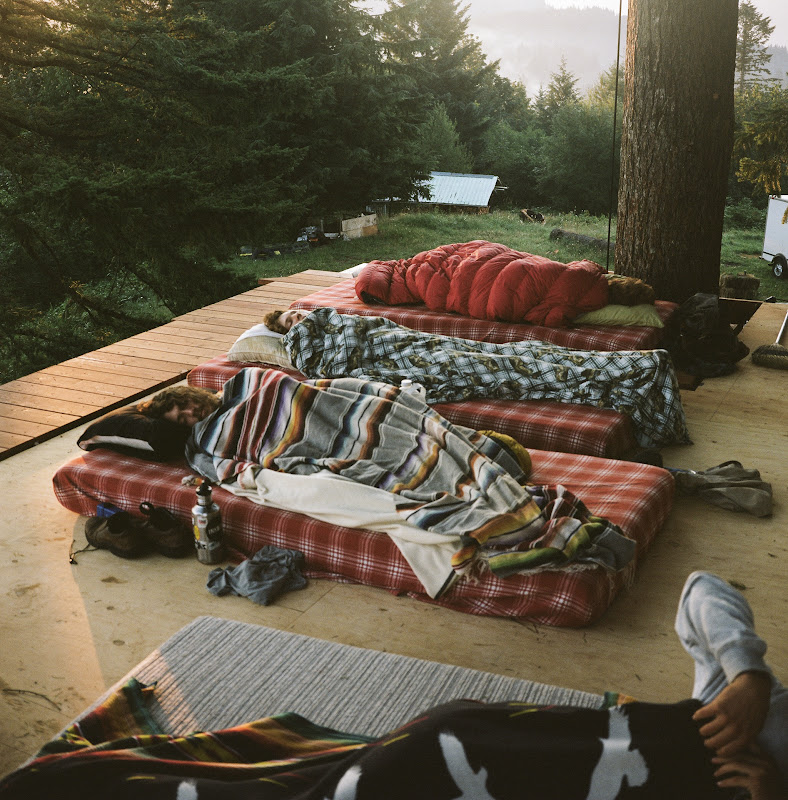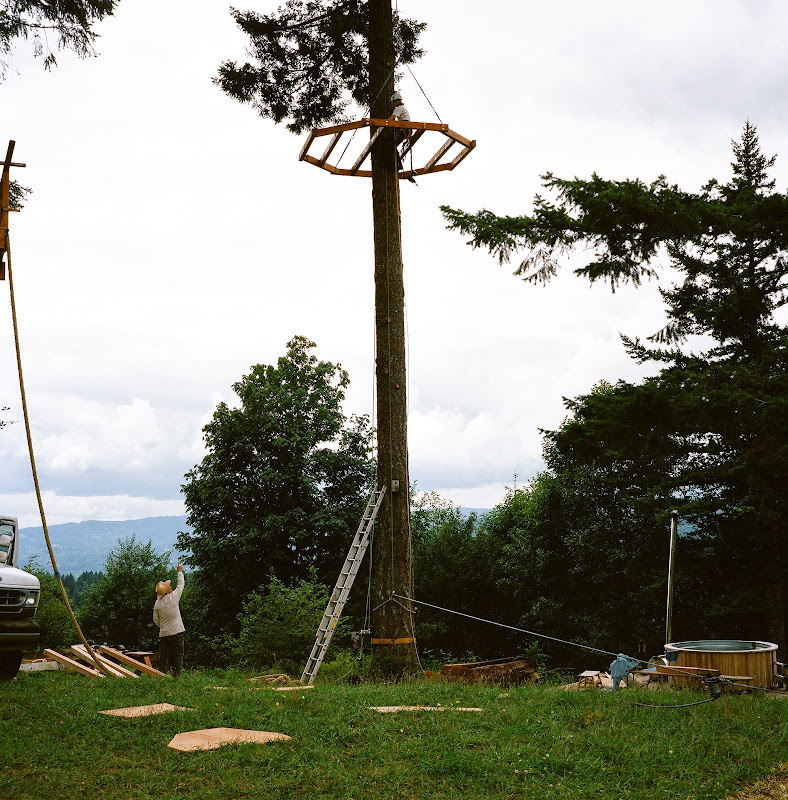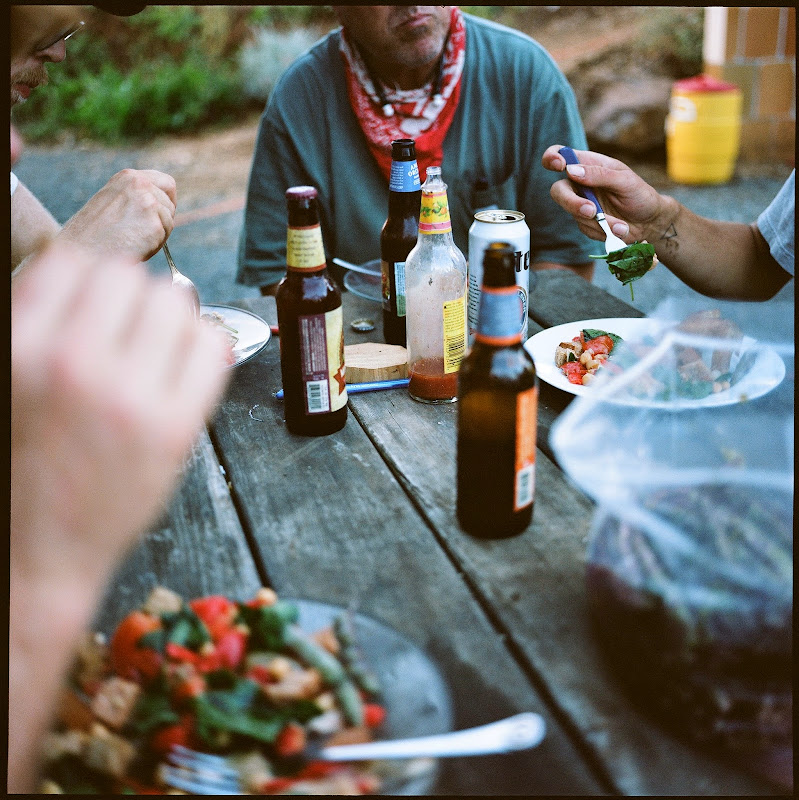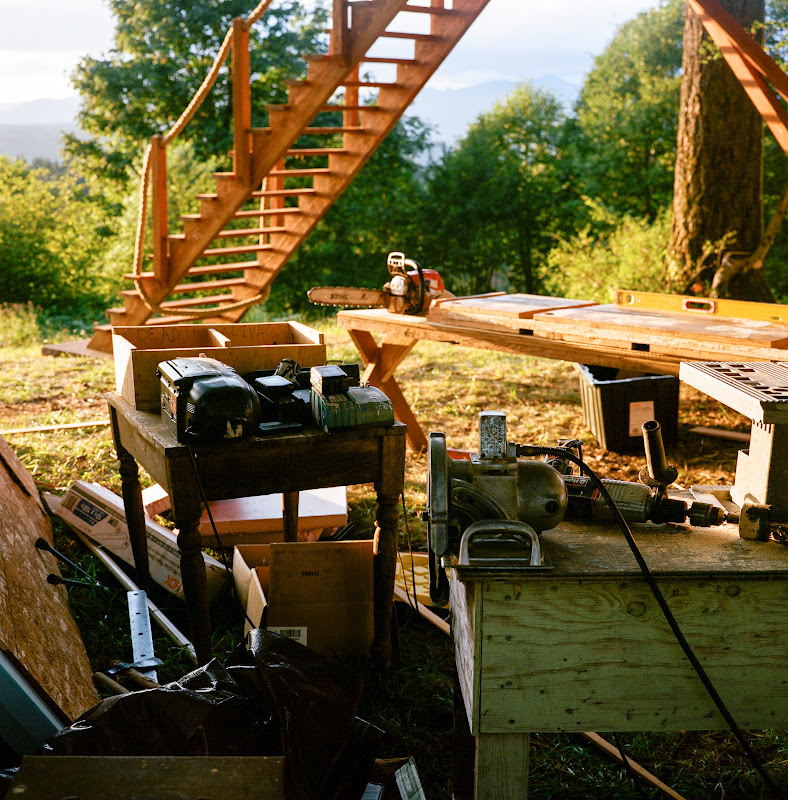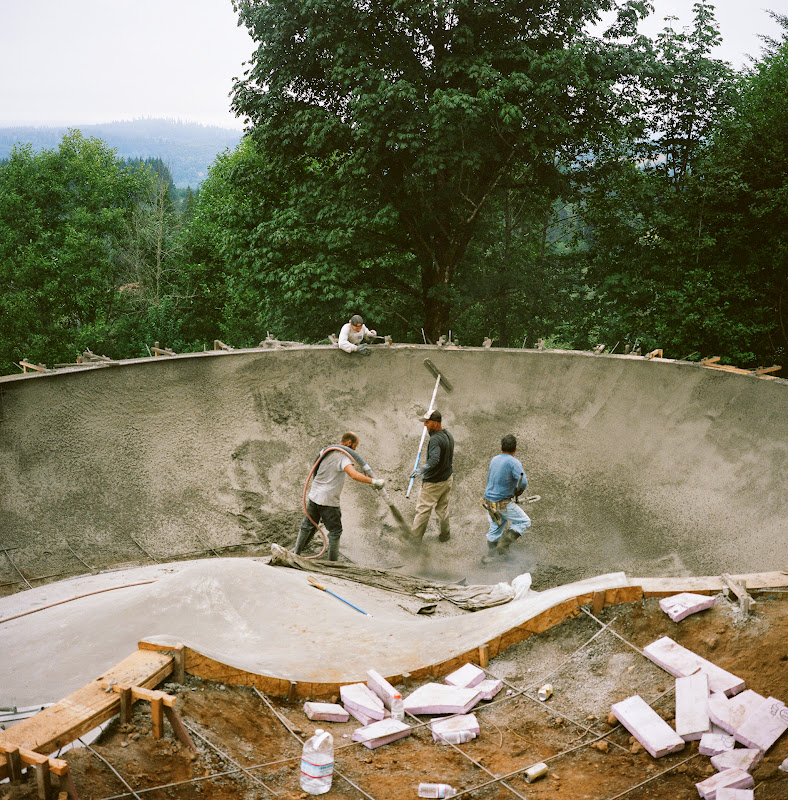A Brat Saved My Ass In Baja
/"Ehhh, I don't know about that mud. It could be six inches deep, or two feet," Scotty said motioning towards a section of single track road that cut a cross fifty foot brackish marsh.
Standing in ankle deep water, I looked around for some solid to wench to, incase one of us got stuck. Except for a few shrubs, there was nothing. Brackish water in the estuary covered the rutted tracks. To my left, a grouping of grass swayed in the current. For a second, I visualized my truck charging down the tracks only to sink down to the axels in two feet of mud with water flowing in the doors.
"There's no shame in backing out"
"Can I quote you on that?"
"Sure. It would be so fucked to get stuck in that mess, not to mention, who knows if it even connects to the North Road. It could just be a road the fisherman use to dump trash or something."
The thick mud separated my flip flop from my foot, holding it under the ankle deep water as if an indication of its seriousness. Grabbing down with my right hand, I searched around, found the straps and pulled it out with slurp. Scotty laughed and headed towards his Brat.
Walking past the Brat and coming to a stop with my hand resting on the side of my camper, I inspected the 400 or so feet of single track road that hugged a steep hillside before opening up onto a plateau. A hand built road with a retaining wall made with rocks and dirt kept water from the estuary and the hillside. As long as I hugged the uphill side, we would be fine. The rock retaining wall dropped off into murky salt water.
"Well boys, thats a shit show, we are going to back out."
"What happens to the road?" Trevor asked from the back seat.
"It fades out in a fucked up mud pit," I responded with an emphasis on the Fucked Up, doing my best to convince Trevor, Ian and myself that we were making the right call.
"Want us to get out and give you directions?" Ian asked.
"Naaa, I got this, things gotta back up camera," I boasted, slapping the stick into reverse, illuminating an LCD screen in the rear view mirror. The truck jerked into motion as I let off the clutch and we creeped backwards.
Warming up our toes.
Moondog heading south and ultimately west towards Fiji and Australia.
Shelby whipping up Ceviche.
Rise and shine
Shred sleds
Waisting away in Tecateville.
Sunrise in Central Baja.
Sand Storm
Scotty's Brat made it from Portland to Central Baja with out incident. These trucks kick ass.
Skinning freshly caught fish with the Freescape Camp Knife.
Waiting for the tide to drop.
Fifty feet from the safety of the open field, I turned to avoid a boulder and got within half a foot of the edge of the road. Inching along backwards, the truck suddenly lurched sidewise as the retaining wall gave out. In an instant, the truck dropped a foot and landed with a metal thud on the axels and skid plate.
"FUck," I gasped. I swung door open and jumped into waist deep water. The whole passenger side of the truck was off of the side of the road, hanging over into the estuary.
"This is.... Gnarly. Everyone out."
Climbing over the retaining wall and on to the road, I stared at the back of the camper. The truck's suspension was fully articulated. I heard the Brats high pitch idle cut out and Scotty and Shelby yelled almost simultaneously.
"What the fuck happened?"
"I got too close to the edge and the road gave out."
"This is fucking bad," Shelby kept repeating.
"Theres no fucking way we are getting to the boarder by sunset now."
"No shit. The only thing we can do is reverse out."
"Get the shovels and start grabbing rocks. We need to build a ramp to get the back tire up onto flat."
"Do you think the Brat can get around me? It might be nice to get a tug."
Ian and Trevor stood on the back right corner of the truck while Scotty, Shelby and I shoveled, hauled rocks and built ramps under the tires. I worked silently, assessing contingencies. If the truck dumps into the estuary, the water will break most of the fall but the truck and camper will fill with water. I cant be more than four feet deep and after the tide drops, I'll offer the fisherman my 10 horse outboard if they can get me upright and back on the road. That should work. But think positive, we are going to get out. All the truck needs is to get the back driver wheel up on solid ground and we should be good. It's not going to roll.
As we worked, a truck pulled up and two fisherman and the dog got out to watch the gringo's spectacle.
"Alright, I'm not sure what else we can do. Kinda have to go for it."
"Yah, what should we do?"
"I'm going to put the lockers on and give it hell. You should put some tension on with the Brat and then tug when I say go."
"Sounds good, and if it rolls...?"
"...Its not going to roll but if it does I'll have my seat belt on and the window will be up," I interrupted.
"Lets do this. Leroy JAAckens," I yelled as i opened the door and crawled into the drivers seat. Firing up the ignition, I turned on the rear locker, and rolled down the passenger window.
"You guys ready?"
The Brat fired up. "YAH, lets go."
"If Scotty's Brat pulls me out, I'm never going to hear the end of this," I said to myself as I dropped the clutch and pinned the gas.
Here are some more links,























